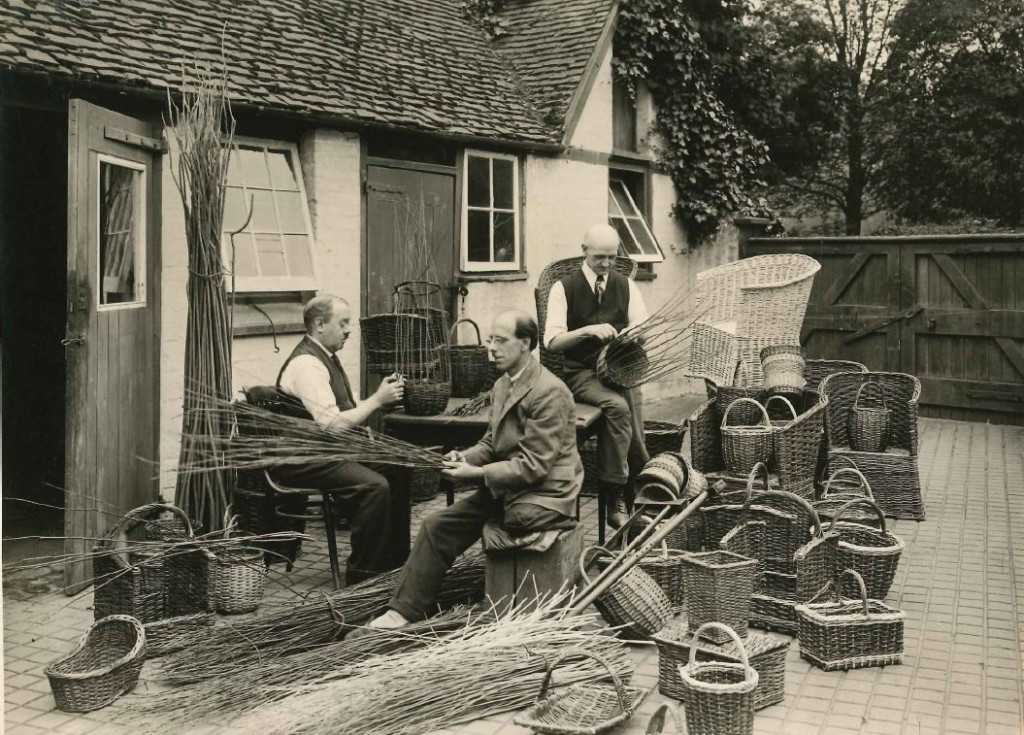Recent conflicts in the Middle East have raised awareness of the mental health issue of Post-Traumatic Stress Disorder (PTSD) and at Combat Stress we provide treatment for veterans with PTSD and other mental health problems.
But the impact of conflict, not just physically but mentally, was less well understood during the First World War.
The Science Museum’s new exhibition Wounded, which opens on 29 June 2016, gives a raw insight into the psychological impact of the First World War and draws parallels with the treatment provided to soldiers today.
Back then soldiers received little or no sympathy, with shell shock considered a sign of weakness or cowardice. If their mental health led to a failure to obey orders, death by firing squad was a real possibility. Tragically, 306 British and Commonwealth soldiers were executed during the war, many of whom were likely suffering from shell shock.
By the end of the First World War, British Army medics had seen 80,000 cases of shell shock, with 20,000 soldiers still struggling to come to terms with what they had witnessed. Society’s response was to indefinitely confine veterans to Mental War Hospitals under martial law. Many more were sent on, without appeal, to asylums.
In the face of such cruelty veterans chose to suffer in silence for fear of what might happen to them if they sought help. Despite this situation, a group of women bravely chose to take a stand and, in 1919, founded the Ex-Servicemen’s Welfare Society, which is now Combat Stress.

They had three simple aims – the relief of distress; the provision of employment; and access to professional medical assistance. These founding mothers believed work was essential to the men’s identity, as well as providing the veterans with financial security. The charity offered a variety of occupations including basket weaving and making Thermega electric blankets, which were sold around the world.
A great deal has changed since then.
Combat Stress now runs three treatment centres where we provide a range of free services to help veterans rebuild their lives, including a world-leading six-week PTSD Intensive Treatment Programme.
Six Afghanistan veterans who were treated by Combat Stress were invited by the Science Museum to create a very personal display for the Wounded exhibition, representing their trauma and drawing parallels with the soldiers of the First World War.
The men showed great courage in sharing their experiences with the Museum. I believe their display not only raises awareness of PTSD but also will lead to greater compassion and understanding of the impact war can have on the mental health of servicemen and women.
Wounded: Conflict, Casualties and Care opened at the Science Museum on 29 June 2016 and closed in June 2018.